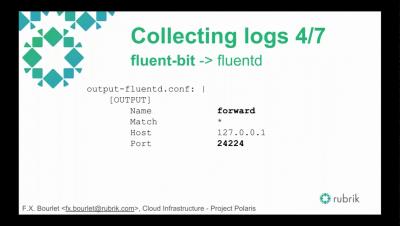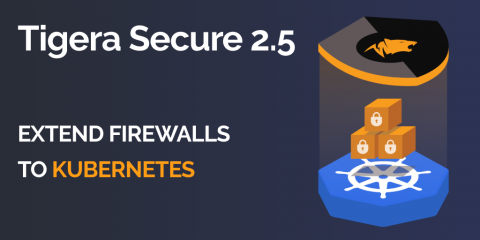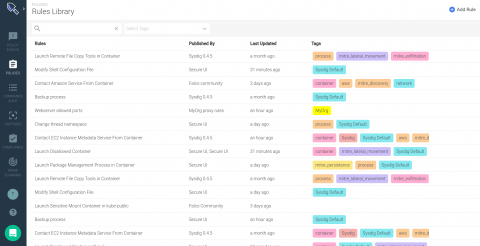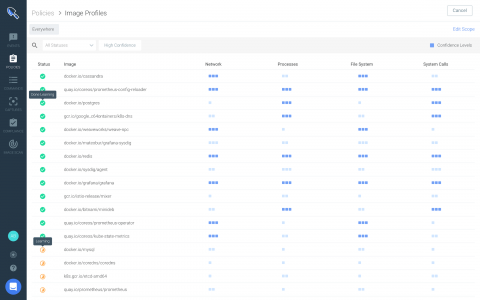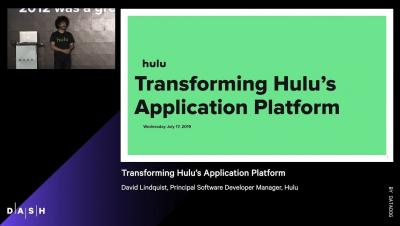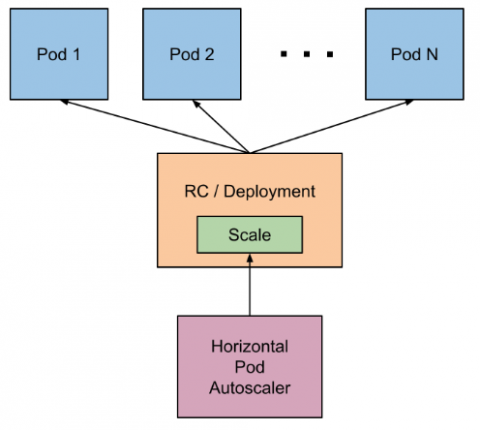Operations | Monitoring | ITSM | DevOps | Cloud
Containers
The latest News and Information on Containers, Kubernetes, Docker and related technologies.
Tigera Secure 2.5 - Implement Kubernetes Network Security Using Your Firewall Manager
We are excited to announce the general availability of Tigera Secure 2.5. With this release, security teams can now create and enforce security controls for Kubernetes using their existing firewall manager.
Monitoring Amazon Classic Elastic Load Balancers with Blue Matador
AWS Elastic Load Balancing is one of the most widely used of Amazon’s cloud services. In many AWS stacks, an Elastic Load Balancer (ELB) will be involved in almost every single request that customers make to your application. Since they are critical to the health of your application, properly monitoring ELBs is a top priority for most teams. In this blog post, we will go over how Blue Matador monitors Classic Elastic Load Balancers automatically and without configuration.
Introducing the new Sysdig Secure policy editor
Among many other features Sysdig Secure version 2.4 introduces a new and improved runtime policy editor, along with a comprehensive library combining out-of-the-box run-time policies from our threat research teams, container-specific compliance standards, Kubernetes security and Falco opensource community rules.
Sysdig Secure 2.4 introduces runtime profiling for anomaly detection + new policy editor for enhanced security.
Today, we are excited to announce the launch of Sysdig Secure 2.4! With this release, Sysdig adds runtime profiling to enhance anomaly detection and introduces brand new interfaces that improve runtime security policy creation and vulnerability reporting. These features are focused on upgrading the experience of creating your security policy to detect security threats and attacks to your infrastructure and apps.
Kubernetes Master Class - DevOps Alerting and Visualization with Prometheus and Grafana
Demo: Kubernetes Konvoy from D2iQ
Code Commits: only half the story
It’s not the first time I’ve been asked by a sales rep the following question: “The customer has looked at Stackalytics and is wondering why Rancher doesn’t have as many code commits as the competition. What do I say?” For those of you unfamiliar with Stackalytics, it provides an activity snapshot, a developer selfie if you will, of commits and lines of code changed in different open source projects.
Transforming Hulu's Application Platform
Kubernetes pod autoscaler using custom metrics
In this post we are going to demonstrate how to deploy a Kubernetes autoscaler using a third party metrics provider. You will learn how to expose any custom metric directly through the Kubernetes API implementing an extension service.


